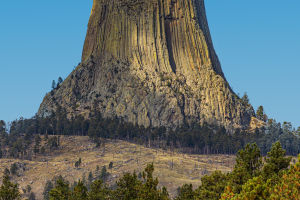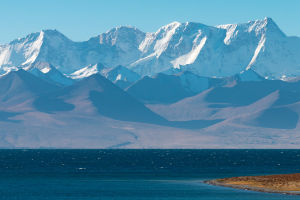The natural world is home to an awe-inspiring array of landscapes, ranging from towering mountains to meandering rivers, vast oceans to lush forests and expansive grasslands.
These breathtaking vistas are shaped by unique geographical environments and climatic conditions, giving rise to distinct natural features and awe-inspiring scenery.
Among the most iconic natural landscapes are Mount Huangshan, Mount Tai, the Yangtze River, the Yellow River, and countless others. Mount Huangshan, located in the Anhui province of eastern China, is renowned for its towering granite peaks, lush forests, and spectacular sunrises. This unique combination of geological features and climatic conditions has turned it into a favored destination for hikers, photographers, and nature enthusiasts.
The rugged landscape of Mount Huangshan is characterized by jagged peaks, cliffs, and rocky outcrops, sculpted over centuries by erosion and weathering. Visitors can explore the mountain's numerous hiking trails and scenic viewpoints, providing breathtaking vistas of the surrounding landscape.
Mount Tai, situated in the Shandong province of eastern China, is another iconic natural landscape revered for its cultural and historical significance. Known as the Dongyue (“Eastern Mountain”), one of the five holy mountains of China, Mount Tai is a UNESCO World Heritage site and has been a pilgrimage site for thousands of years. Its unique geological features, including towering cliffs, deep gorges, and rugged peaks, stand as a testament to the power and beauty of nature.
The Yangtze River, China's longest river and the third-longest globally, is an iconic natural landscape that has significantly shaped the country's geography and culture. With its vast watershed, the Yangtze River is home to a diverse array of flora and fauna, and its meandering course has given rise to some of China's most fertile agricultural regions. The river's unique geography, featuring towering gorges, rugged cliffs, and sweeping plains, has made it a popular destination for river cruises and scenic tours.
The Yellow River, China's second-longest river, is another natural landscape that has played a central role in the country's history and culture. Known as the "Mother River," the Yellow River has shaped China's geography and culture for thousands of years, providing vital water resources for agriculture and industry. Its distinctive features, such as towering dunes, rocky canyons, and sweeping plains, attract nature enthusiasts and photographers alike.
In addition to these iconic natural landscapes, China boasts countless other breathtaking vistas, including the vast grasslands of Inner Mongolia, the rugged peaks of the Himalayas, and the lush forests of Yunnan province. Each of these landscapes serves as a testament to the beauty and power of nature, reminding us of our responsibility to protect and preserve our planet's natural heritage.
China's natural landscapes stand as a testament to the enduring power and beauty of the natural world. From towering mountains to meandering rivers, and vast oceans to lush forests, each landscape inspires awe and wonder, emphasizing our collective responsibility to protect and preserve our planet's invaluable natural heritage.


